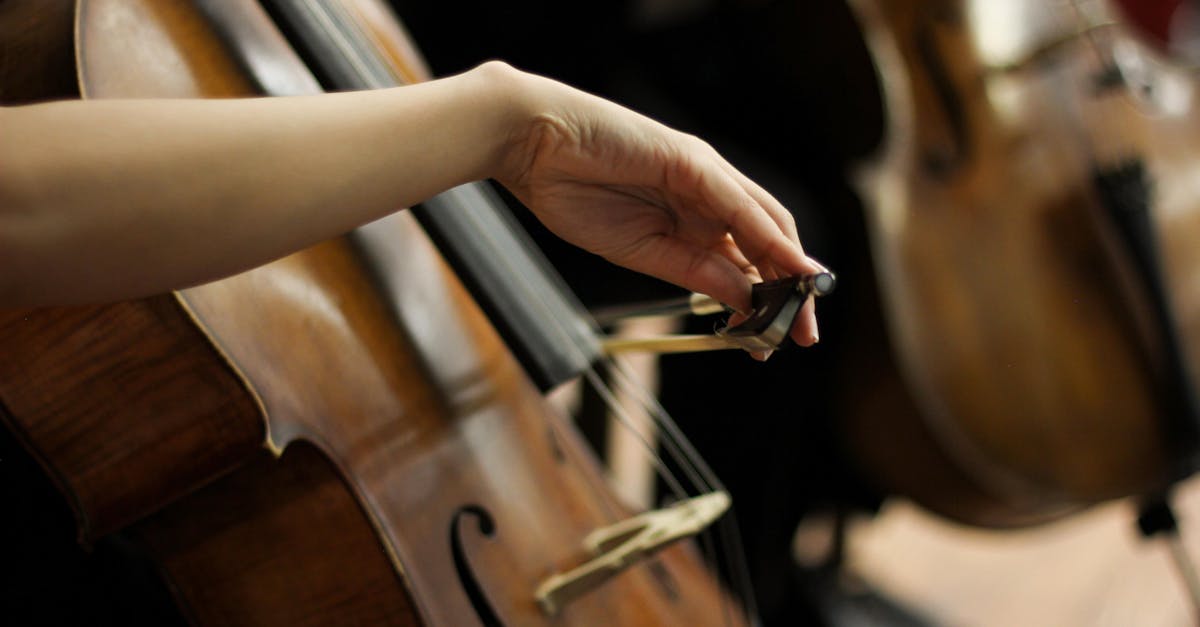Cosmic Cadences Exploring Fusion In World Music
Introduction
In an era where globalization influences nearly every facet of life, musical landscapes are no exception. At the forefront of this evolution lies the enchanting world of fusion in world music, a genre that effortlessly blends diverse musical traditions. This cultural amalgamation continually transcends geographical and melodic boundaries, creating a mesmerizing tapestry of sounds. Artists from various traditions combine unique elements to craft compositions that resonate universally. But what drives musicians to experiment with these eclectic fusion styles? How do listeners from vastly different backgrounds connect with these hybrid tunes? By navigating the shared and distinct elements, cosmic cadences in world music are redefining its universal appeal.
Advertisement
The Genesis of Fusion Music
The roots of fusion music dig deep into history with instances of cross-cultural exchange dating back centuries. As early trade routes opened, so did pathways for musical ideas. From the blending of African drumming with European instruments in the New World to the Indo-Arabic influences observable in Spain's flamenco, fusion has long been a natural consequence of cultural interplay. In the 20th century, this phenomenon took on new forms with jazz fusion, blending improvisational styles with diverse elements from rock, funk, and beyond. Each wave of fusion has added layers to the intricate world music mosaic we see today.
Advertisement
Instruments and Innovations
One of the central elements of musical fusion is the blend of instruments that were once isolated within their native traditions. From the harmonious echoes of the Indian sitar blended with the rhythmic beats of African djembe, to Western orchestras incorporating Asian pentatonic scales, each pairing births a novel auditory experience. Technological advancements enable musicians to explore new soundscapes and overlay varied textures digitally. This broadened access to resources and instrumentations inspires unprecedented musical dialogues across cultures, paving the way for future innovations in fusion music.
Advertisement
Cultural Fusion Through Lyrics
Lyrics in fusion music play a pivotal role in the dialogue of cultural exchange. While rhythms and melodies can transcend language, the lyrical narrative provides a deep dive into blending storytelling traditions. Artists might choose to sing in multiple languages within a single song, honoring each tongue's idiosyncratic strength. Some narratives might weave tales about shared human experiences like love, loss, and longing. Others may delve into more specific cultural motifs, delivering insights into diverse societal norms, rituals, and histories, enriching listeners' understanding of the interconnected world they inhabit.
Advertisement
Performance Spaces and Audiences
The live performance is a vital aspect in the world of fusion music. International music festivals, concert hall venues, and digital platforms have transformed into cosmopolitan hubs where listeners engage with fusion acts. Here, audiences are introduced to unique choreographies and dynamic collaborations between artists from different continents. Whether through traditional attire or contemporary staging, attending a performance sparks conversations on cultural heritage and how music crafts connections across borders. As public interest in fusion concerts grows, they become potent dynamics that inform the evolving identities of performers and audiences alike.
Advertisement
From Margins to Mainstream
Initially considered niche, fusion music has gradually made its way to mainstream prominence over the decades. Today, global icons like Shakira, Yo-Yo Ma, and Anoushka Shankar continue to push boundaries, integrating traditional sounds into the commercial music landscape. Social media platforms like YouTube and Instagram further democratize music releases, offering audiences access to diverse fusion songs. These platforms encourage budding musicians to experiment fearlessly, amplify their artistry, and garner global recognition. Consequently, fusion music no longer resides on the fringes but stands as a vibrant and influential form of expression in mainstream culture.
Advertisement
Cultural Appreciation or Appropriation
Fusion music sometimes finds itself navigating the delicate line between cultural appreciation and appropriation. Critics argue that the blend, if done without respect, can dilute or misrepresent the traditions it draws from. This makes the authenticity and credit crucial when amalgamating differing music styles. Artists working in the realm of fusion music thus seek to ensure a genuine and thoughtful representation, often collaborating with cultural practitioners to maintain the integrity of the original sounds. By confronting these challenges, music remains a powerful tool for fostering understanding and mutual respect among cultures.
Advertisement
Educational Opportunities Through Fusion
Fusion music presents vast educational opportunities, delivering courses in ethnomusicology and cultural studies in academic realms. Students globally explore how societies interact musically to enrich both their academic scholarship and personal growth. Workshops, masterclasses, and cultural exchanges provide practical experiences guided by experts. These educational platforms not only impart technical knowledge but foster transformative intercultural connections and an appreciation for the world's musical diversity. Through learning, individuals cultivate empathy and broaden their worldviews, fueling a new generation that values the philosophies inherent in fusion music.
Advertisement
The Future Soundscape
Looking ahead, fusion music is poised to evolve into unimaginable realms. With technological advances, virtual collaboration hinges on breaking down language and spatial barriers, allowing artists to experiment in real-time. Artificial Intelligence plays a role in exploring new tonal possibilities, while virtual reality might revolutionize the concert-going experience. As genres continue to morph and musicians from greater diversity create, listenership will likely witness increased boundary-pushing forms. This forward momentum illuminates the power and adaptability of music, preparing it for continued innovation on the global stage.
Advertisement
Conclusion
The cosmic cadences of world music, driven by fusion, encapsulate the human spirit's relentless curiosity and creativity. Its multifunctional role as an art form, cultural exchange, and influencer of global unity reverberates across societies. Inspired by traditions yet unconfined to borders, fusion music continues to foster deeper connections, mirrored by its persistent rise in popularity. As audiences embrace these harmonies, they partake in a collective journey through time and culture. Ultimately, fusion music remains a poignant reminder of the beauty found in diversity, spotlighting the shared cadences running through humanity's global soundscape.
Advertisement







